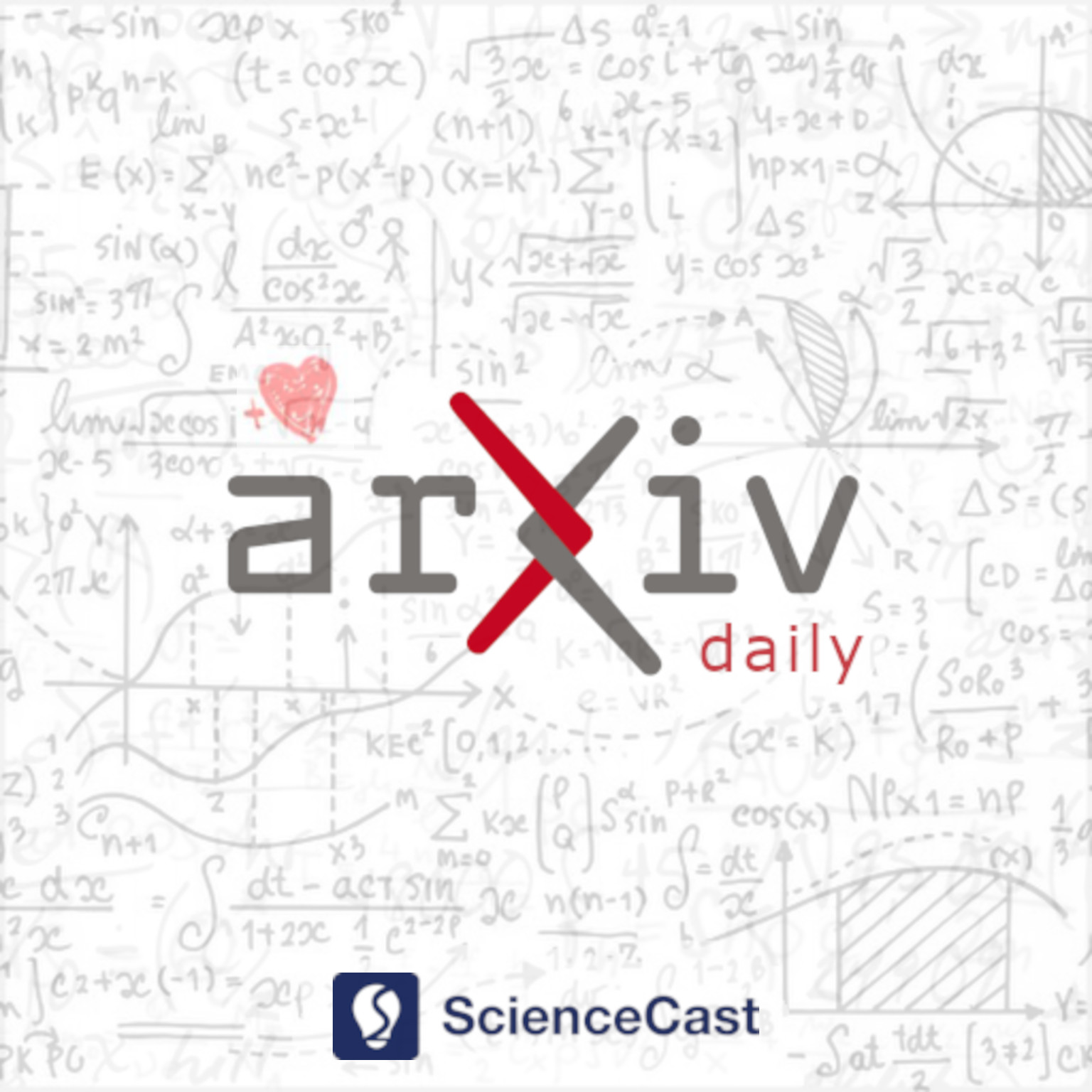
Solar and Stellar Astrophysics (astro-ph.SR)
Thu, 18 May 2023
1.The Pristine Inner Galaxy Survey (PIGS) VII: a discovery of the first inner Galaxy CEMP-r/s star
Authors:L. Mashonkina, A. Arentsen, D. S. Aguado, A. Smogorzhevskii, M. Hampel, A. Karakas, F. Sestito, N. F. Martin, K. A. Venn, J. I. González Hernández
Abstract: Well-studied very metal-poor (VMP, [Fe/H] < -2 ) stars in the inner Galaxy are few in number, and they are of special interest because they are expected to be among the oldest stars in the MilkyWay. We present high-resolution spectroscopic follow-up of the carbon-enhanced metal-poor (CEMP) star Pristine_184237.56-260624.5 (hereafter Pr184237) identified in the Pristine Inner Galaxy Survey. This star has an apocentre of about 2 kpc. Its atmospheric parameters (Teff = 5100 K, log g = 2.0, [Fe/H] = -2.60) were derived based on the non-local thermodynamic equilibrium (NLTE) line formation. We determined abundances for 32 elements, including 15 heavy elements beyond the iron group. The NLTE abundances were calculated for 13 elements from Na to Pb. Pr184237 is strongly enhanced in C, N, O, and both s- and r-process elements from Ba to Pb; it reveals a low carbon isotope ratio of 12C/13C = 7. The element abundance pattern in the Na-Zn range is typical of halo stars. With [Ba/Eu] = 0.32, Pr184237 is the first star of the CEMP-r/s subclass identified in the inner Galaxy. Variations in radial velocity suggest binarity. We tested whether a pollution by the s- or i-process material produced in the more massive and evolved companion can form the observed abundance pattern and find that an i-process in the asymptotic giant branch star with a progenitor mass of 1.0-2.0 Msun can be the solution.
2.Temporal and Latitudinal Variation in Penumbra-Umbra Ratios of the Sunspots: Analyses of RGO, Kodaikanal and Debrecen Databases
Authors:Takalo Jouni Juhani
Abstract: We study the latitudinal distribution and temporal evolution of the sunspot penumbra-umbra ratio (q) for the even and odd Solar Cycles 12-24 of RGO sunspot groups, SC21-SC24 of Debrecen sunspot groups and Kodaikanal sunspot dataset for SC16-SC24. We find that RGO even (odd) Cycles have q-values 5.20 (4.75), Kodaikanal even (odd) cycles have q-values 5.27 (5.43), and Debrecen cycles has q-value 5.74 on the average. We also show that q is at lowest around the Equator of the Sun and increases towards higher latitudes having maximum values at about 10-25 degrees. This is understandable, because smaller sunspots and groups locate nearer to Equator and have smaller q-values than larger sunspots and groups, which maximize at about 10-20 degrees at both hemispheres. The error limits are very wide and thus the confidence of this result is somewhat vague. For Debrecen dataset we find a deep valley in the temporal q-values before the middle of the cycle. We show that this exists simultaneously with the Gnevyshev gap (GG) in the graph of the total and umbral areas of the large sunspot groups. Other databases do not show GG in their q-graphs, although GG exists in their temporal total area and umbral area.
3.Automated detection and analysis of coronal active region structures across Solar Cycle 24
Authors:Daniel Gordon Gass, Robert William Walsh
Abstract: Observations from the NASA Solar Dynamic Observatory Atmospheric Imaging Assembly were employed to investigate targeted physical properties of coronal active region structures across the entirety of Solar Cycle 24 (dates). This is the largest consistent study to date which analyses emergent trends in structural width, location, and occurrence rate by performing an automatic and long-term examination of observable coronal limb features within equatorial active region belts across four extreme ultraviolet wavelengths (171, 193, 211, and 304 angstroms). This has resulted in over thirty thousand observed coronal structures and hence allows for the production of spatial and temporal distributions focused upon the rise, peak and decay activity phases of Solar Cycle 24. Employing a self-organized-criticality approach as a descriptor of coronal structure formation, power law slopes of structural widths versus frequency are determined, ranging from -1.6 to -3.3 with variations of up to 0.7 found between differing periods of the solar cycle, compared to a predicted Fractal Diffusive Self Organized Criticality (FD-SOC) value of -1.5. The North-South hemispheric asymmetry of these structures was also examined with the northern hemisphere exhibiting activity that is peaking earlier and decaying slower than the southern hemisphere, with a characteristic "butterfly" pattern of coronal structures detected. This represents the first survey of coronal structures performed across an entire solar cycle, demonstrating new techniques available to examine the composition of the corona by latitude in varying wavelengths at selected altitudes.